A Woman Went Viral For Using AI To Find Her Color Palette, And After Trying It Myself, It Will Completely Change The Way I Shop
I don't know about you, but ever since the color analysis filters cropped up on TikTok, I've shamelessly spent hours trying to figure out my color palette. Even after trying the filters, I've never been quite sure what my "season" is.
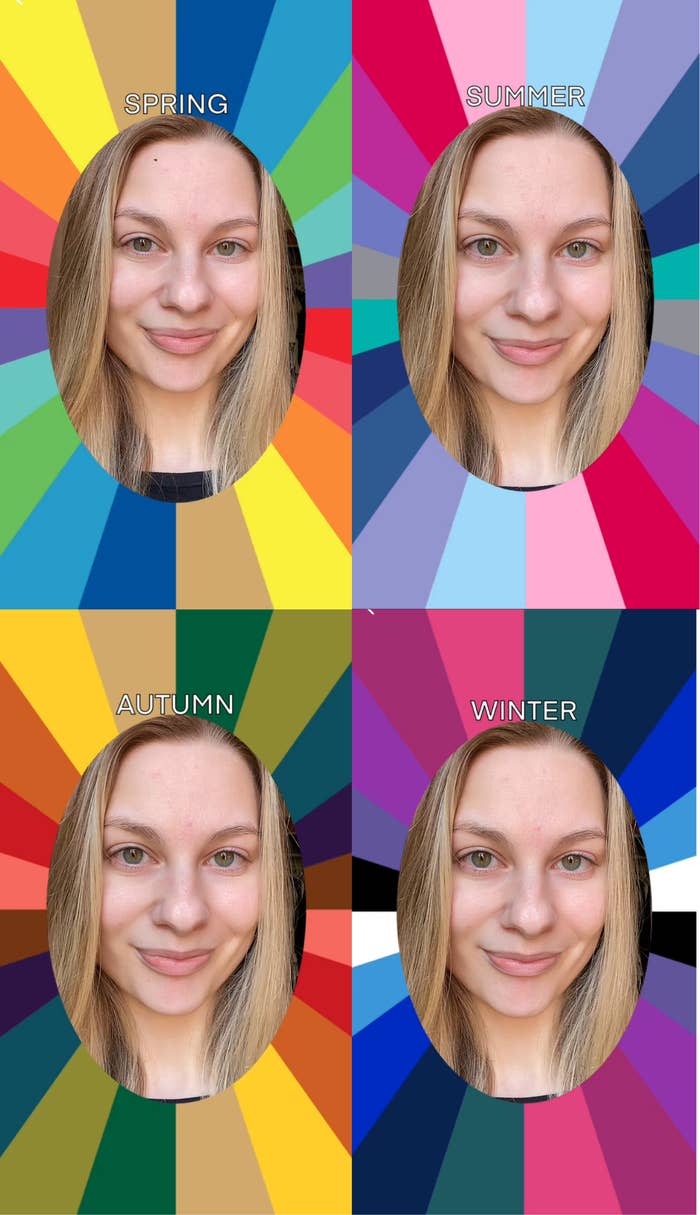
I'm in-between spring and autumn.
There are also so many different filters; sometimes it feels like they all say something different.
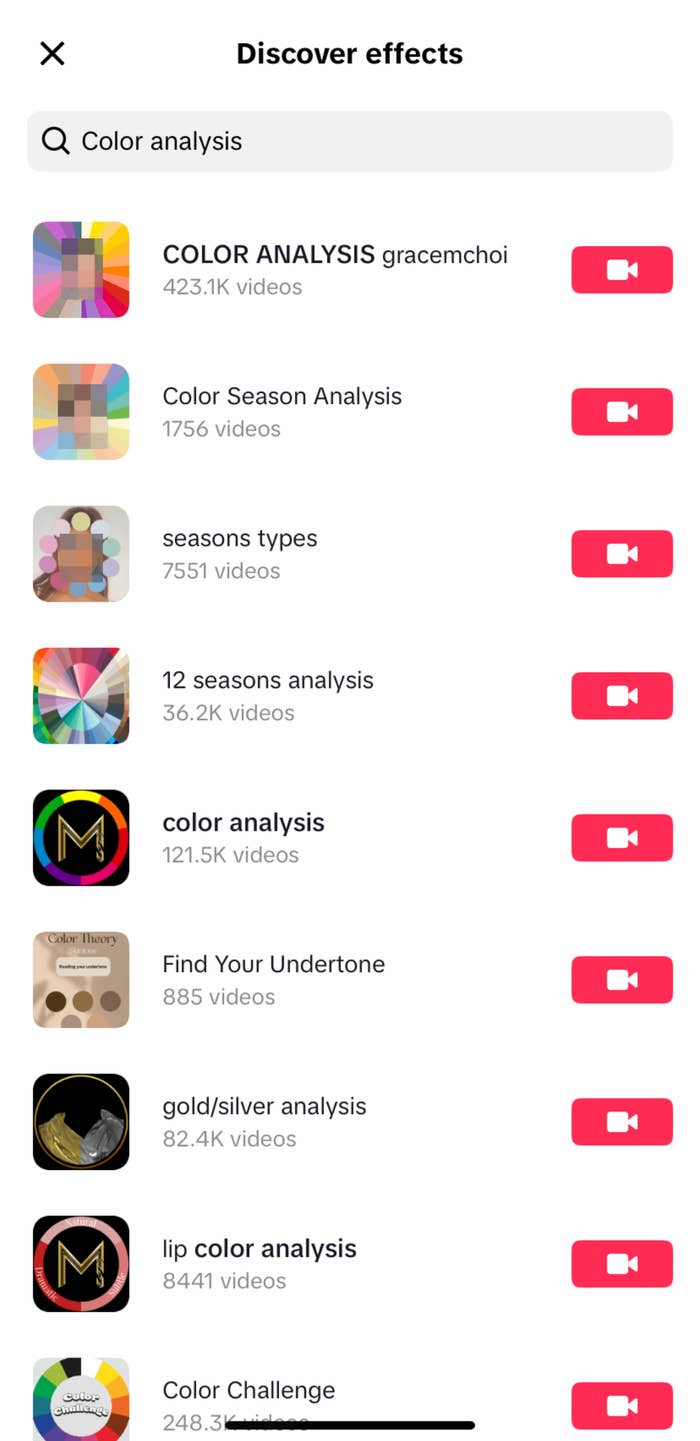
So, I was intrigued when I came across this viral video by @kaligirly, in which she shared how she got her correct color palette by using ChatGPT.
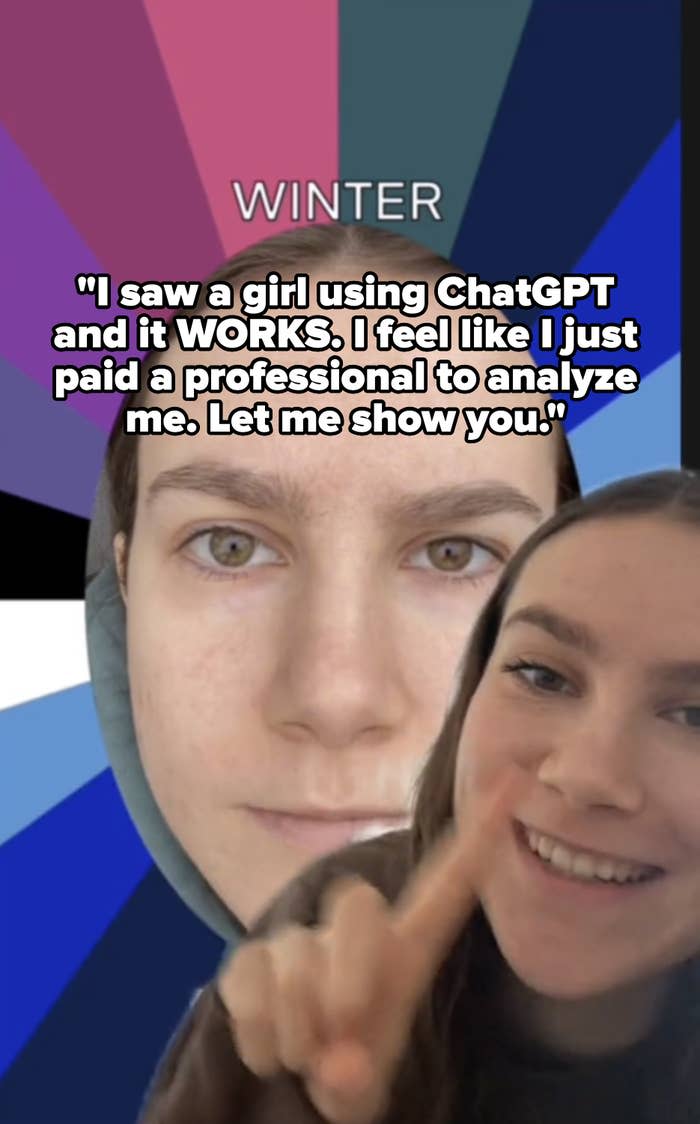
Since over 400,000 people saved the video (presumably to try for themselves), and many others praised how "smart" the hack was, I knew I had to try it out. One person said it even saved them $500 (which is what some people pay for a professional analysis 😳).
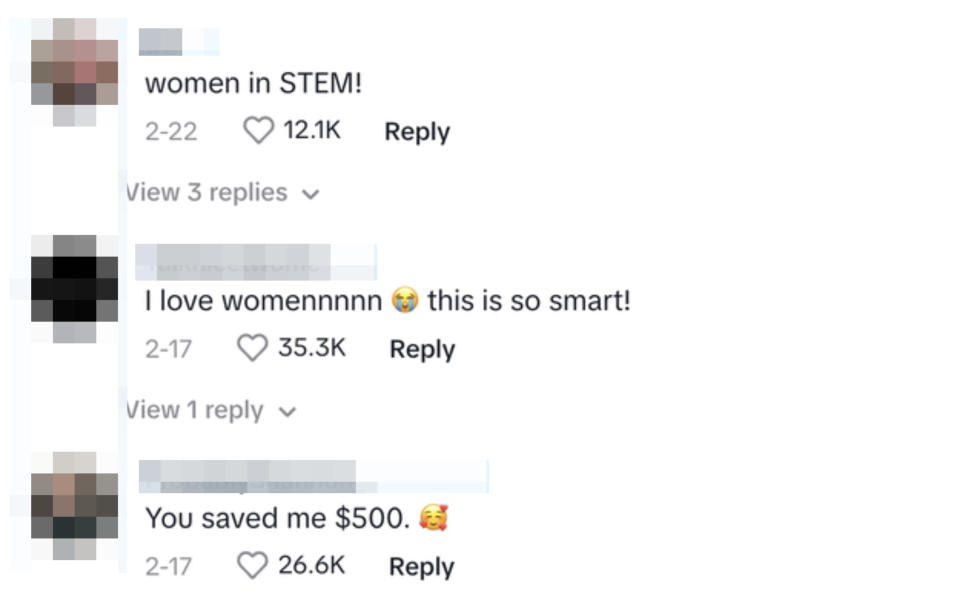
So, I put Kali's hack to the test...and it surprised me. Notes below (and feel free to follow along and try for yourself!):
First, Kali said to take a selfie with good natural lighting in front of a window, but not direct sunlight, and with no makeup on:
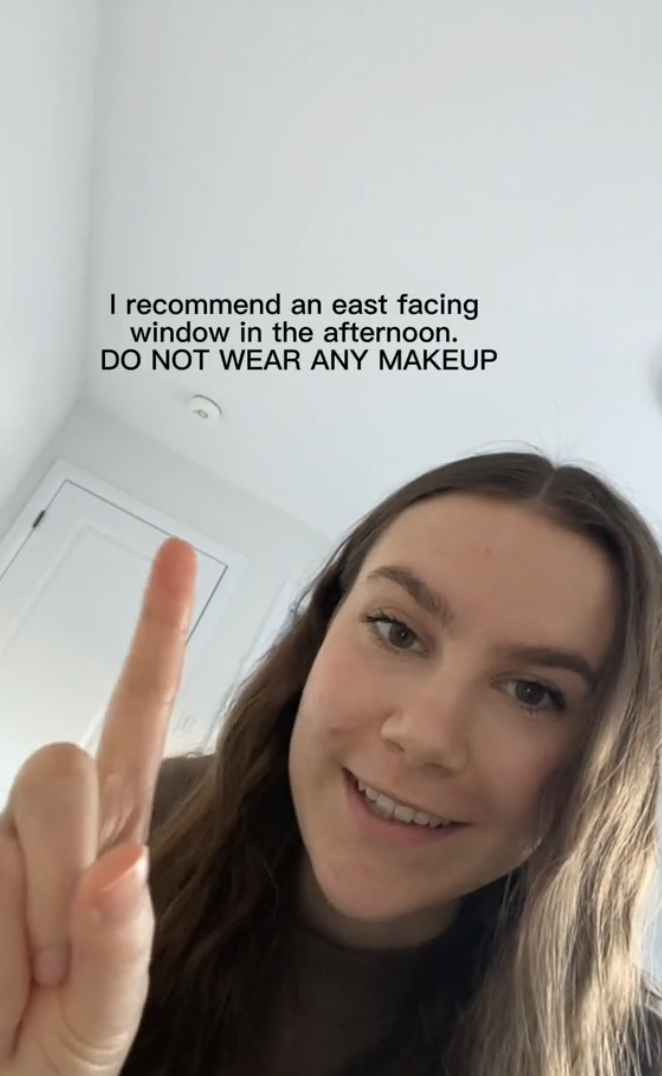
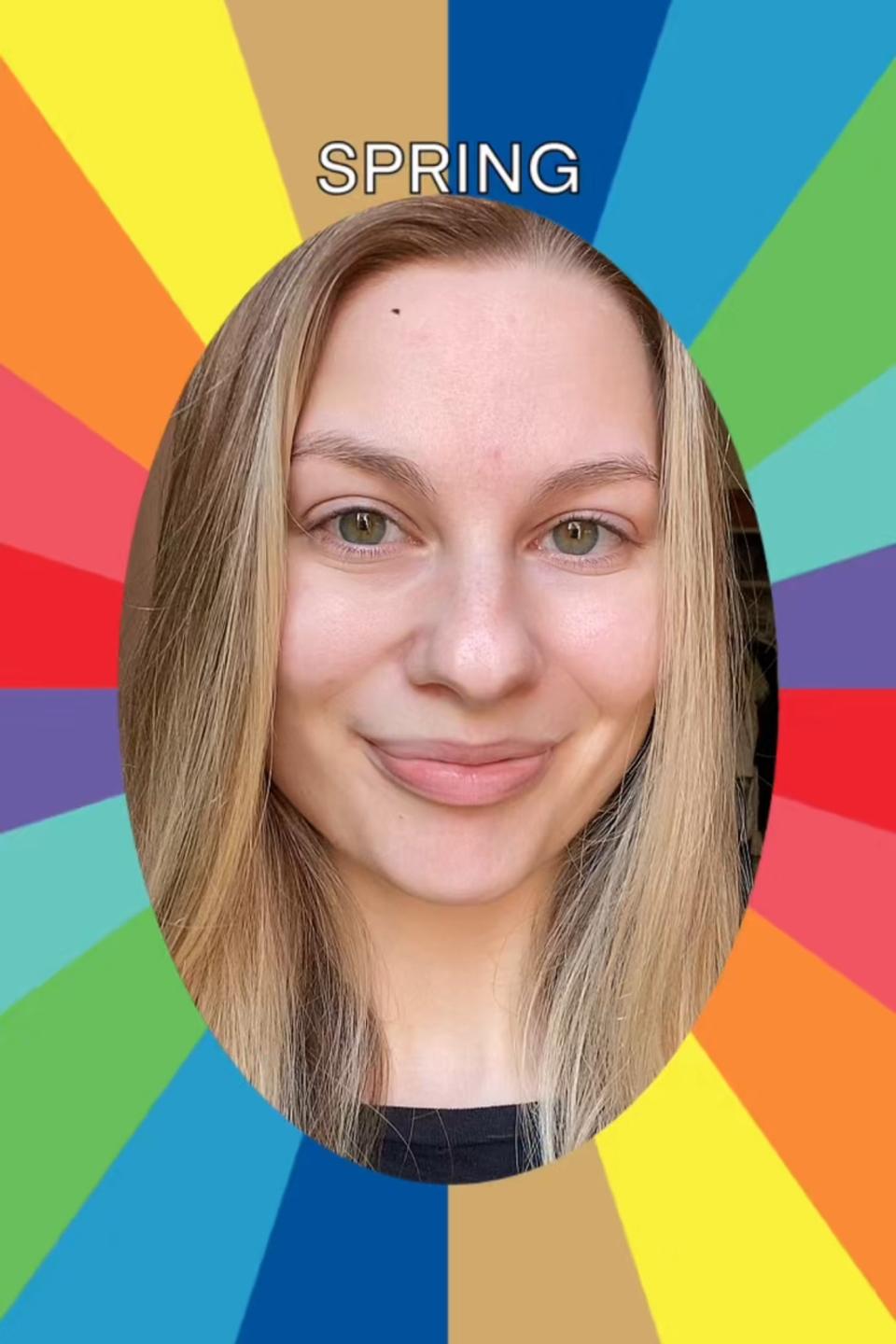
@kaligirly / Via tiktok.com, Alana Valko
Next, Kali said to go into your camera roll and edit the photo as if you were going to draw on it. After clicking the draw icon, click the color wheel in the bottom right:

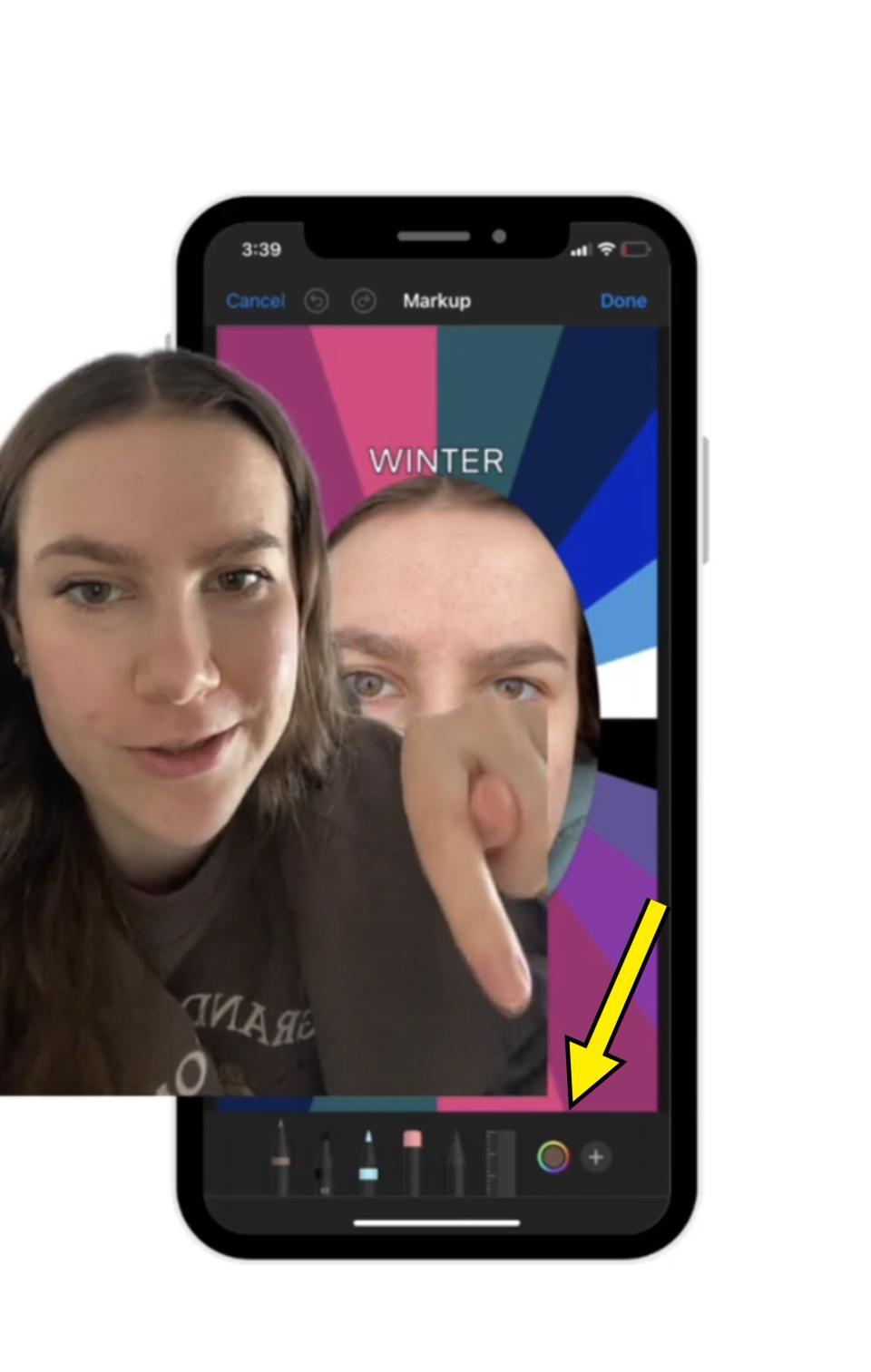
Alana Valko, @kaligirly / Via tiktok.com
Then, after clicking the color wheel, click on this color picker:
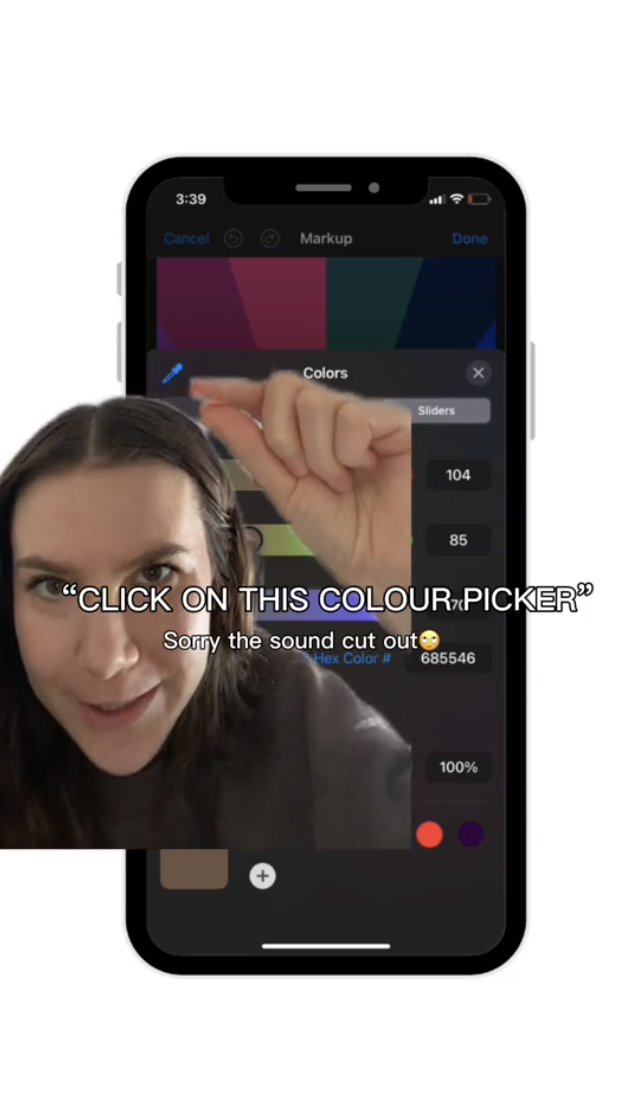
Next, Kali said to pick an area on your face that you think represents your skin color. You can use the drawing tools to sketch a swatch to see if you like the color:
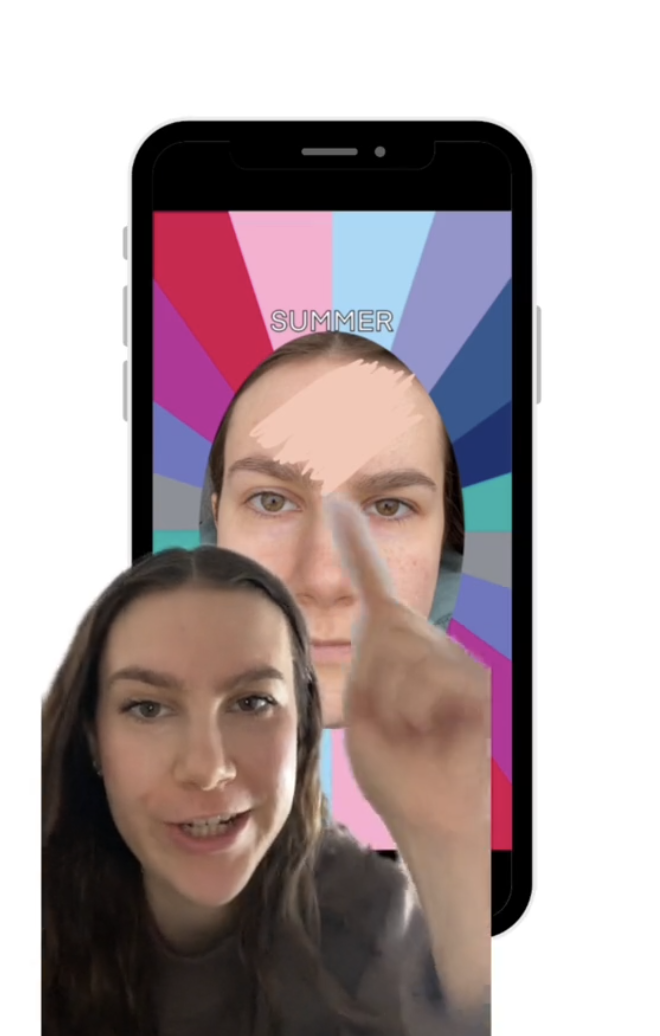
After fiddling with different parts of my skin, this is what I ended up choosing, which I felt was pretty on par with the pink-ish tones in my skin:
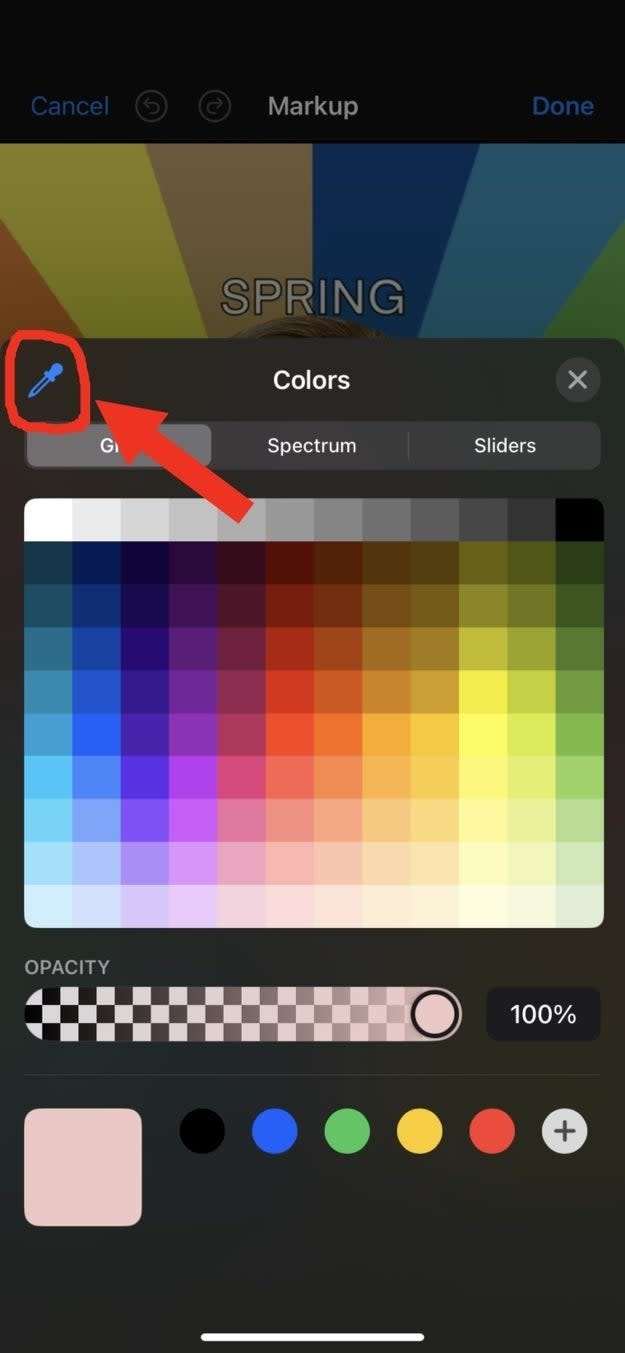
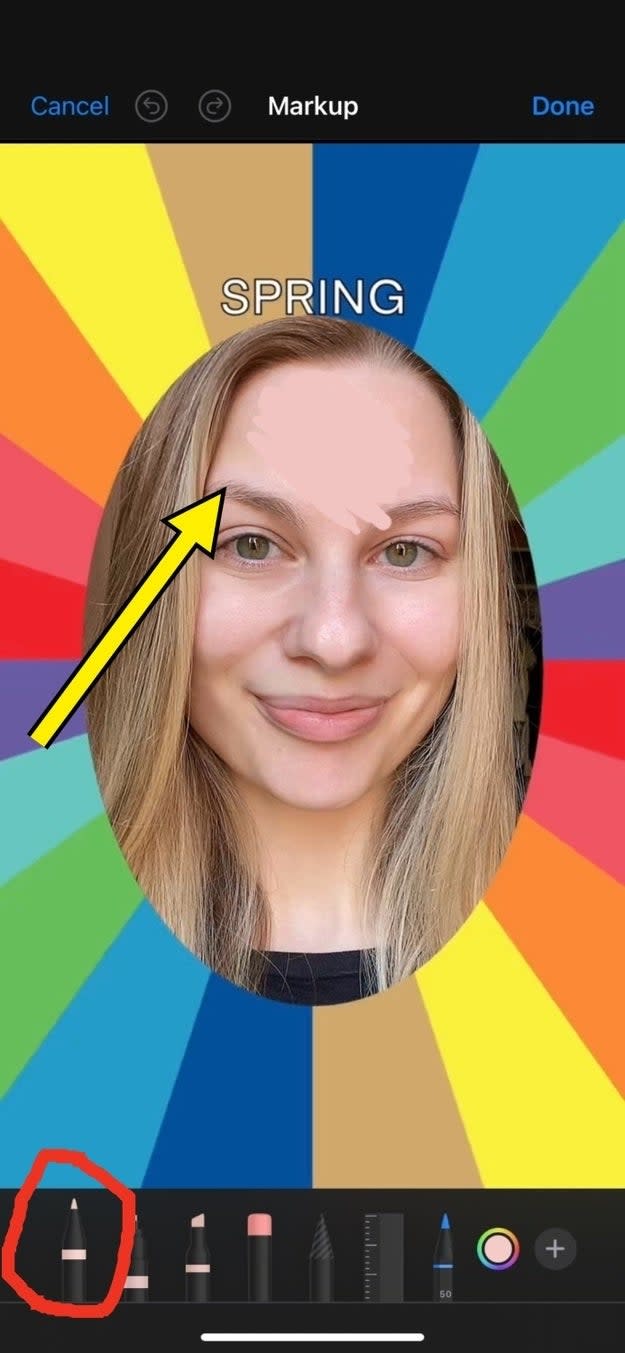
Alana Valko
Then, you'll click back into the color wheel settings, and you'll click over to "sliders," where you'll get the color code for your skin swatch:
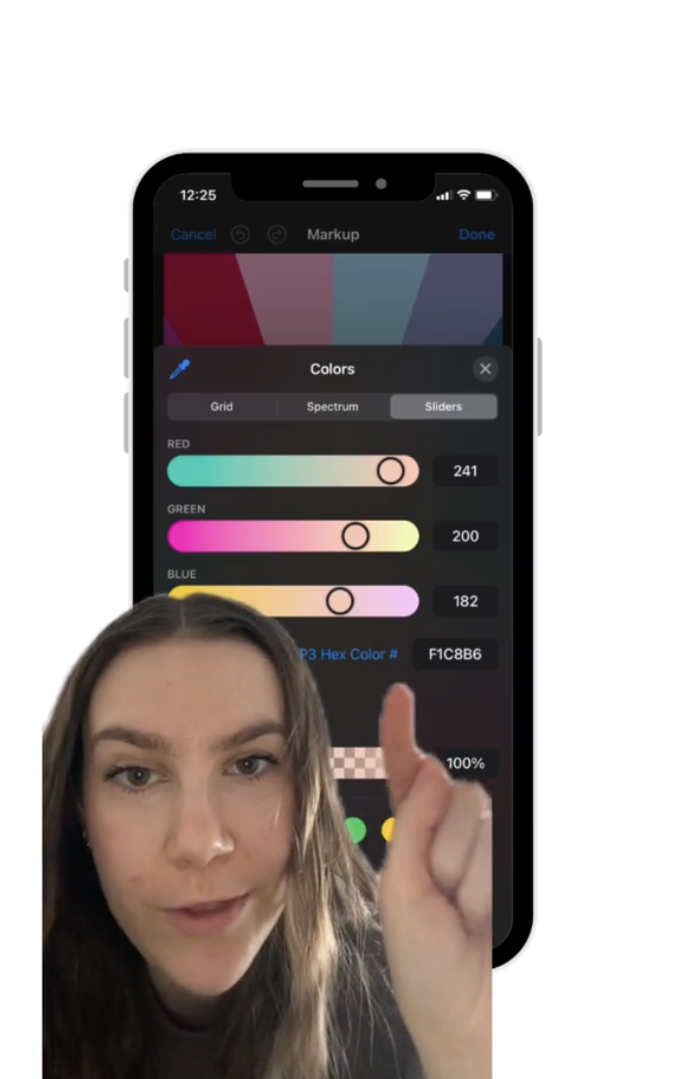
Here's my step-by-step, and the color code I snagged from my swatch:
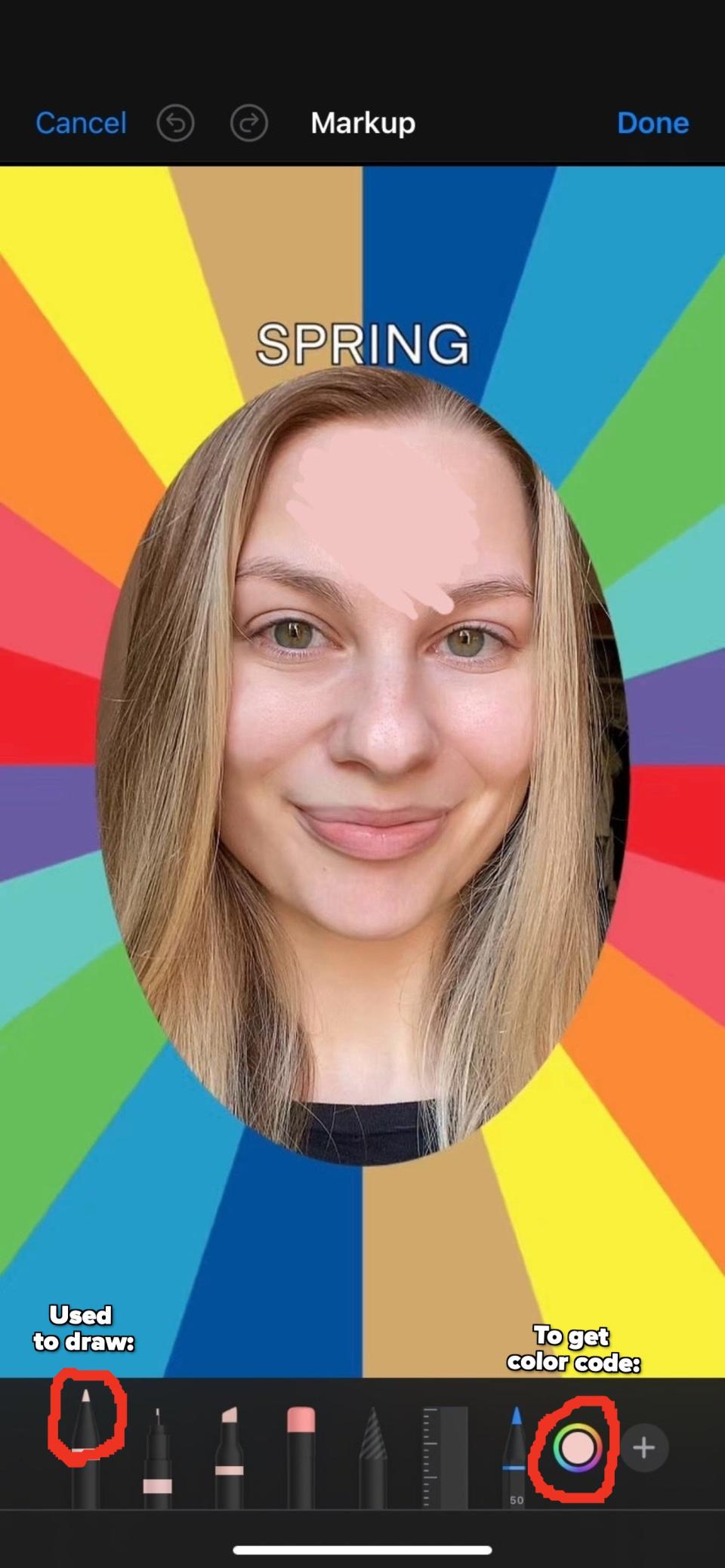
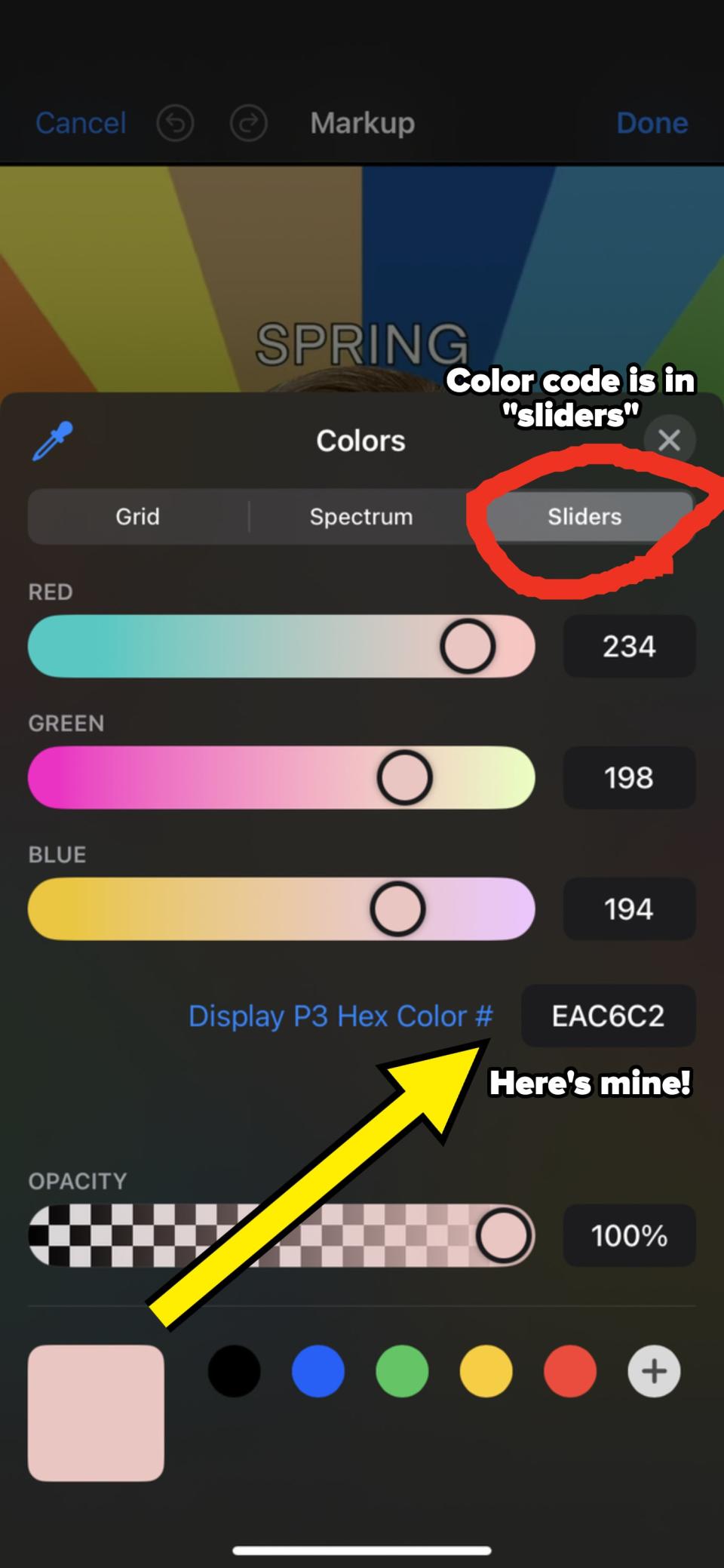
Alana Valko
Next, it's time to put ChatGPT to work! First, Kali asked ChatGPT to give her a seasonal skin tone color palette based on her skin tone swatch:
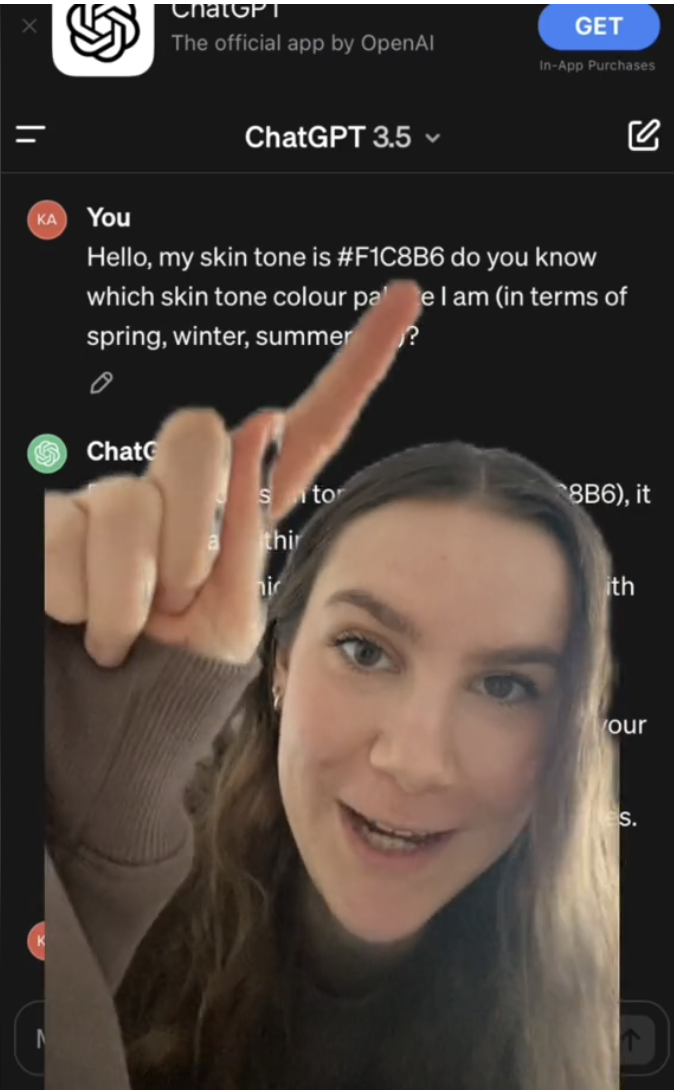
For Kali, ChatGPT said skin tone falls within warm undertones, and that she could match with a spring or an autumn seasonal color palette, depending on factors like her eye and hair color, too.
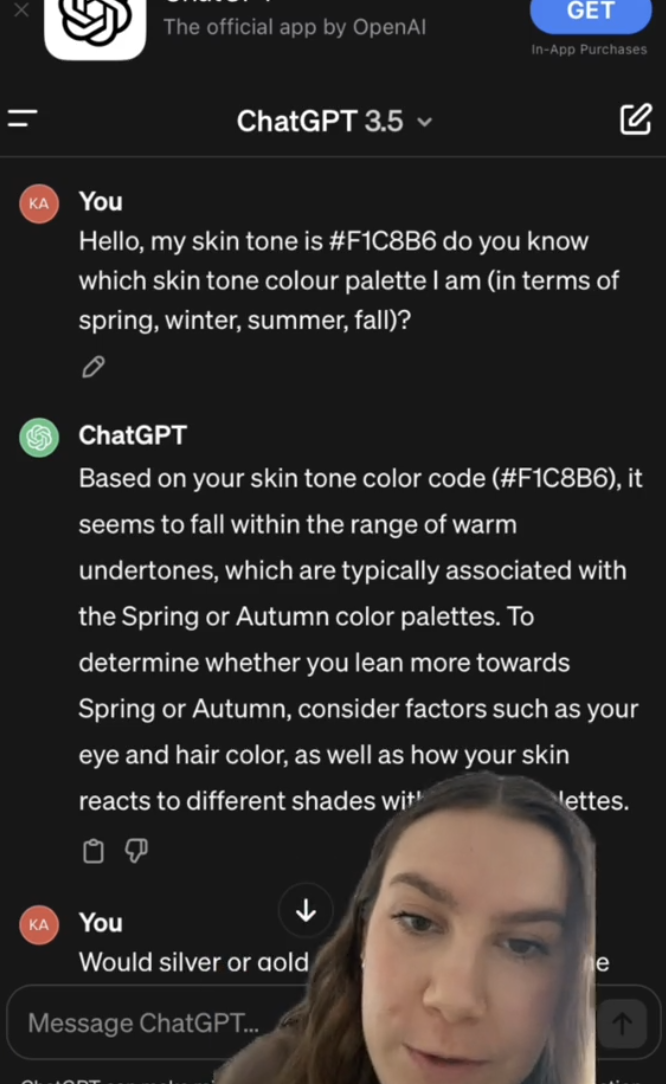
Interestingly, ChatGPT also said I have warm undertones when I asked the same question, but with my skin swatch color code. Yet unlike Kali, ChatGPT told me I likely fall within the "spring" color palette, which "typically have warm, peachy, or golden undertones" and look best in shades like "coral, peach, golden yellow, warm greens, and soft blues."

It surprised me that I didn't get "spring or autumn" like it gave for Kali! I've always debated whether I fit more in spring or autumn color palettes. The peachy undertone checks out, but I always wondered if shades like corals and peaches would just bring out my rosacea. Other analysis filters typically give me autumn.
Since ChatGPT suggested that hair and eye could factor into her color palette, Kali did the same swatch test to get her eye and hair color codes, which more definitively told her she was an autumn color palette:
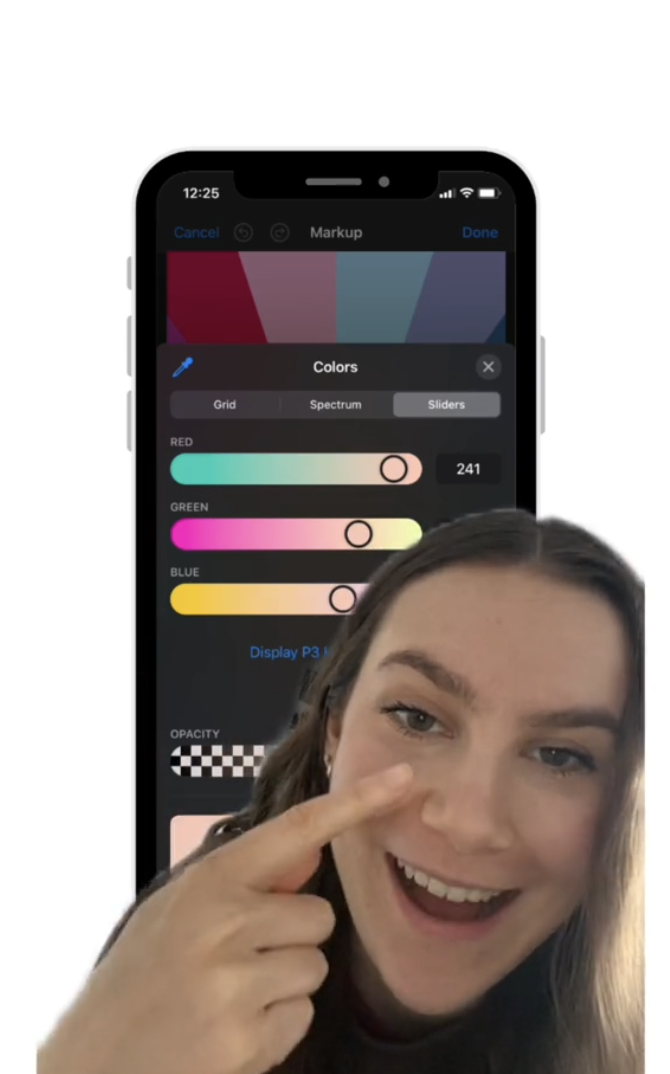
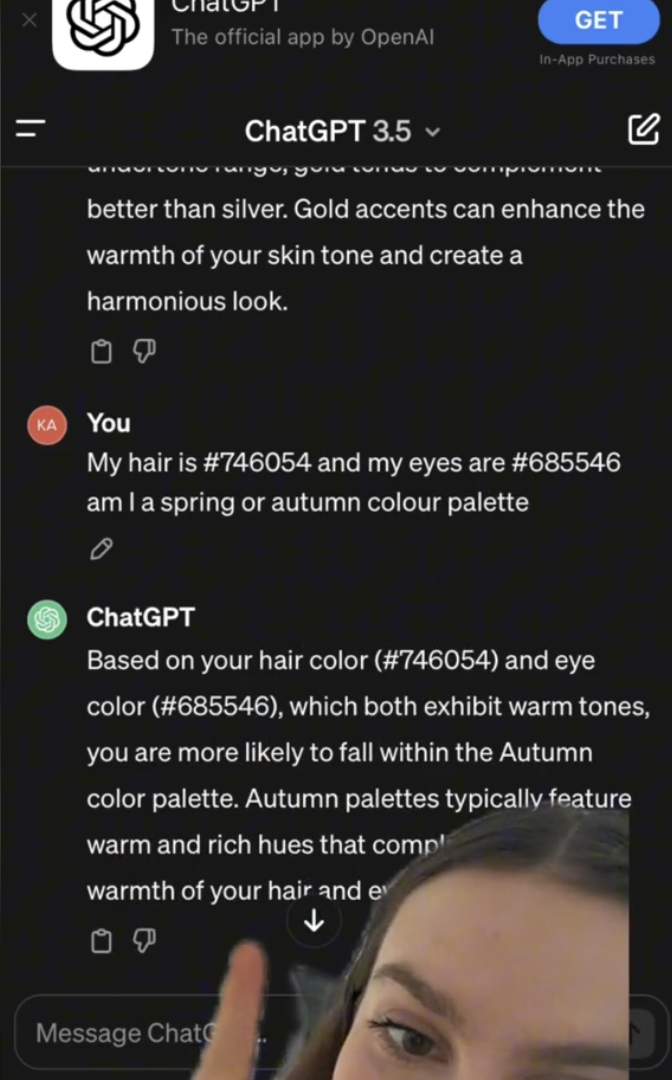
@kaligirly / Via tiktok.com
And though ChatGPT told me I was a spring based on my skin color swatch, I figured I'd get my eye and hair swatches, too, especially since I still was not fully convinced I'm a spring:
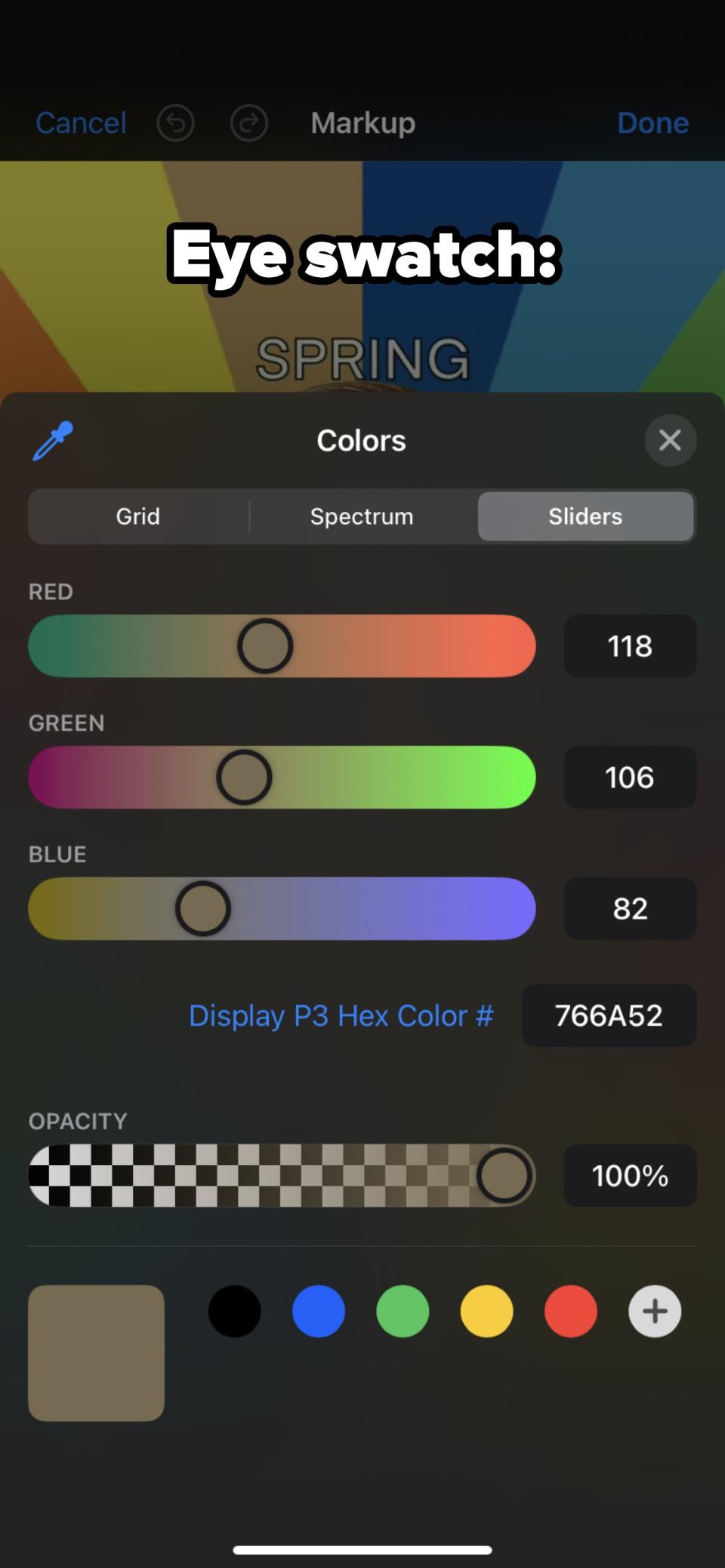
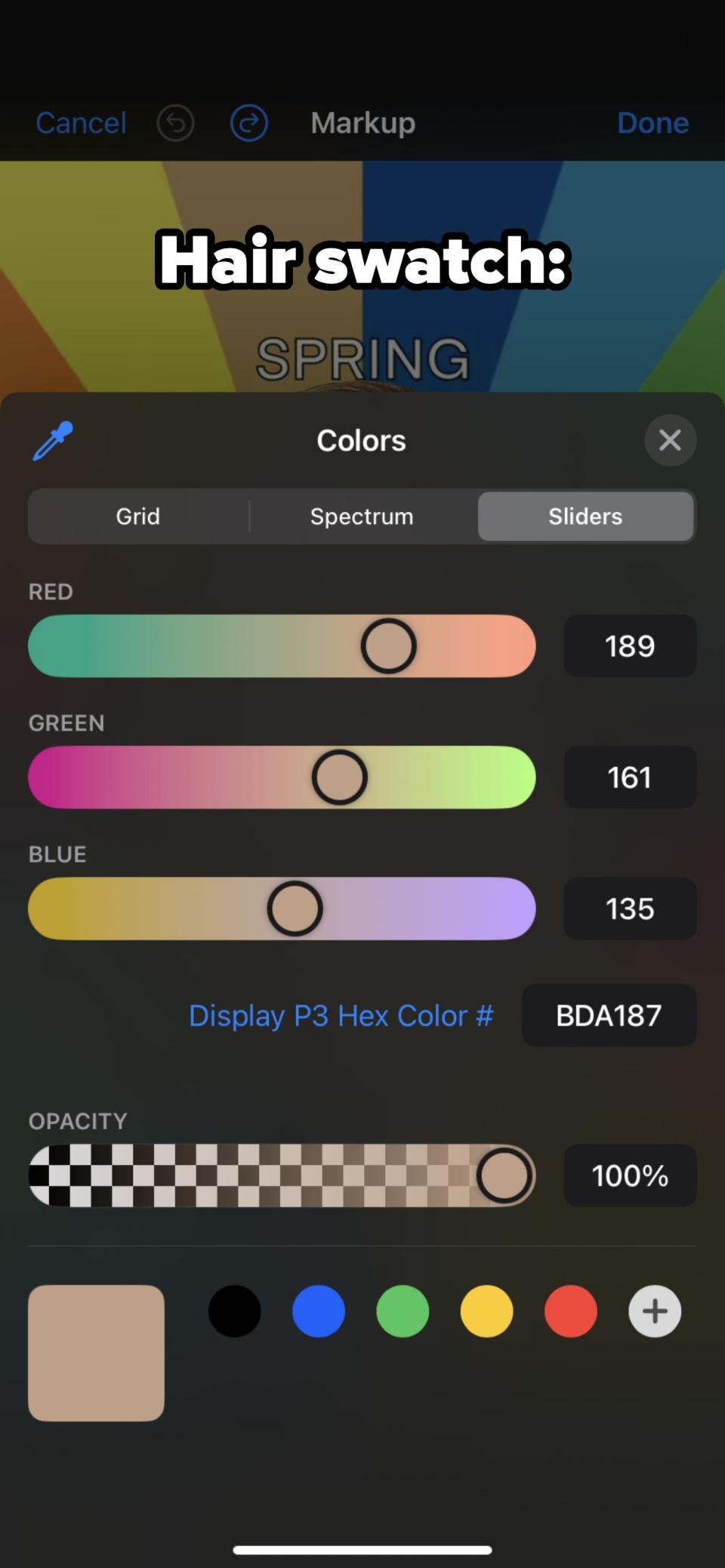
Alana Valko
Annnd, I kinda felt like I got back to square one. ChatGPT told me I could "potentially fall into either the spring or autumn color palette" when my eyes (which are hazel-dark green) and my hair (bronde?) were taken into account.
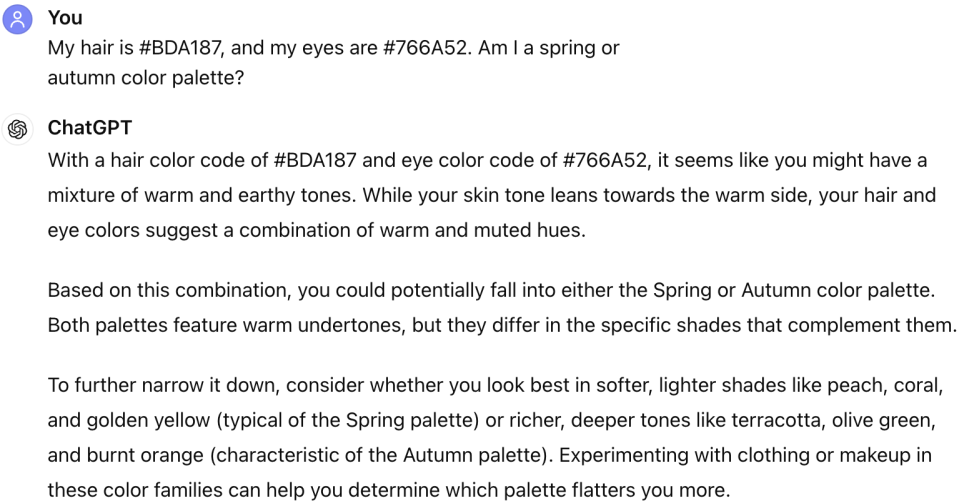
ChatGPT suggested I consider whether I look better in soft, light shades like peach, coral, and golden yellow or deeper tones like terracotta, olive green, and burnt orange to determine which color palette flatters me more.
Soooo...I gave myself a makeshift color analysis using clothes in my closet (unfortunately, I didn't have those special sheets the professionals have). I didn't have the exact colors ChatGPT suggested (like terracotta), so I focused on comparing "softer, lighter" shades (left column) to "deeper tones" (right column).
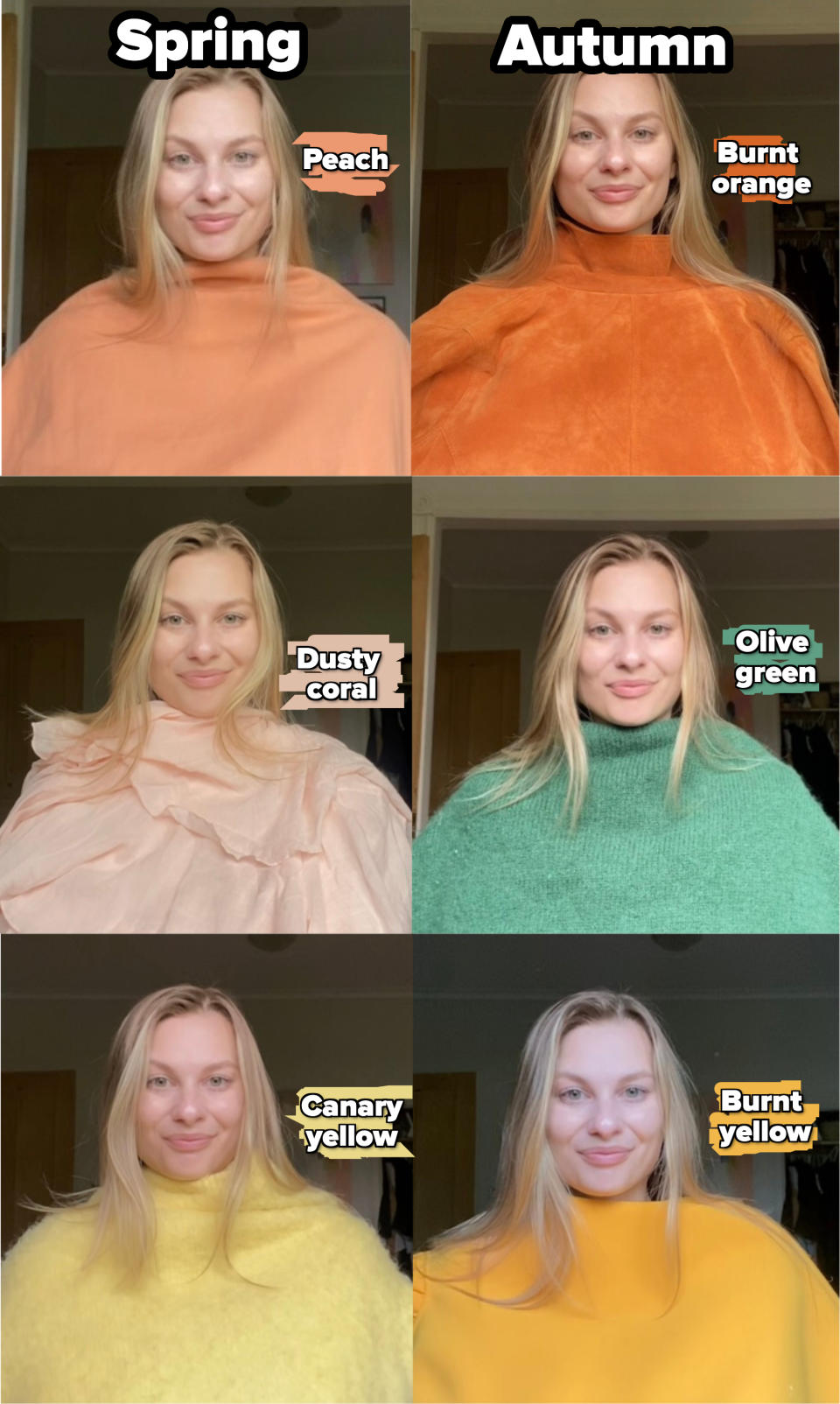
TBH, this was super fun to make, but confused me a bit more. I think I naturally lean more toward autumn, but it could depend on whether I want a softer look or something with more contrast. It might also depend on how light or dark my hair and skin are, which can be affected by sunshine, lighting, hair dye, and the seasons. My mom said she sees me as a spring, but she thinks I see myself as an autumn. Truthfully, this may have just confirmed to me that I exist somewhere in the in-between (and you might, too)!
Because Kali wanted to incorporate more color into her wardrobe, she also asked ChatGPT what shades of each color would work for her, which gave her a detailed breakdown of the shades that would suit her best for each color.
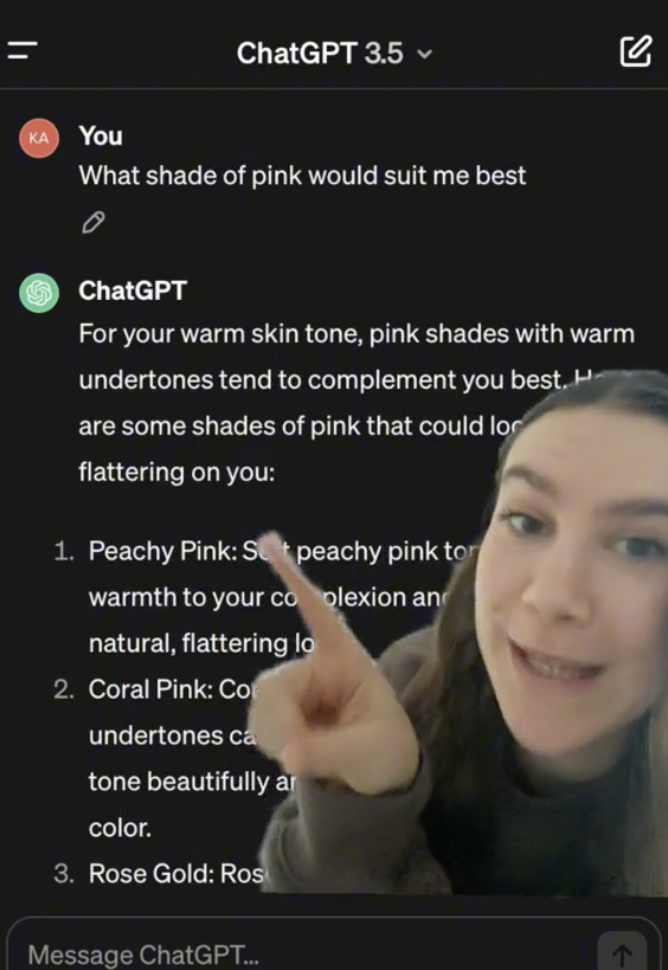
She said, "I gotta say it's pretty accurate because it recommended coral pink, and one of my favorite T-shirts is coral pink." Kali said she had been wondering about her color palette since she got this shirt, which ChatGPT basically confirmed that she should reach for more coral pinks.
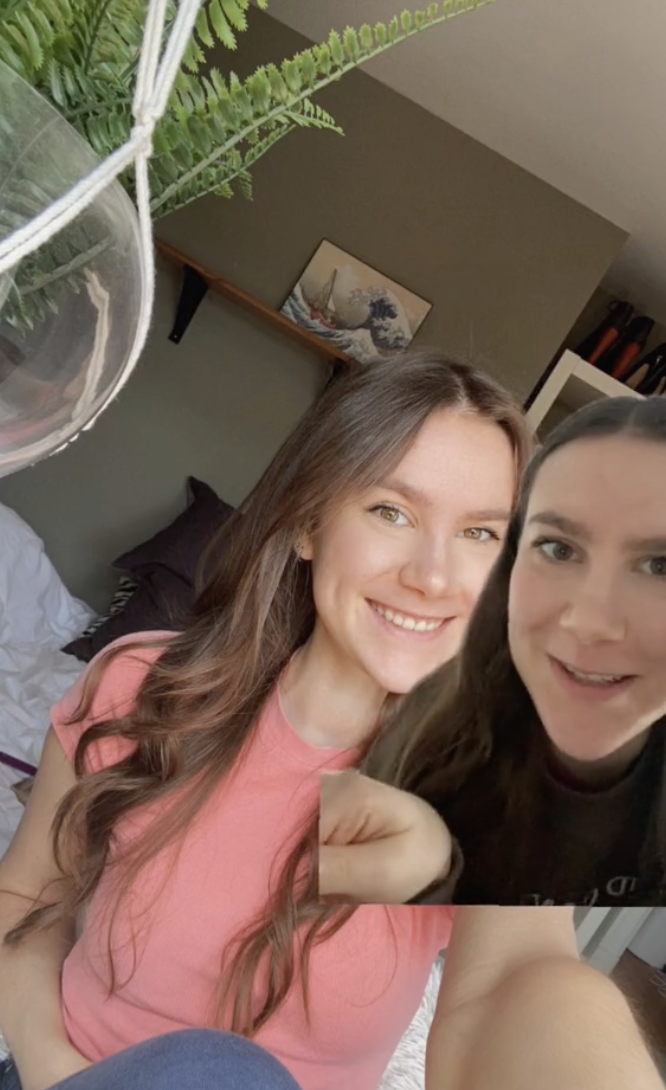
ChatGPT didn't give me an ordered list for each color, but for pink, it did recommend that I reach for peachy pinks to complement my warm, peachy undertones and avoid cool-toned pinks with blue undertones.
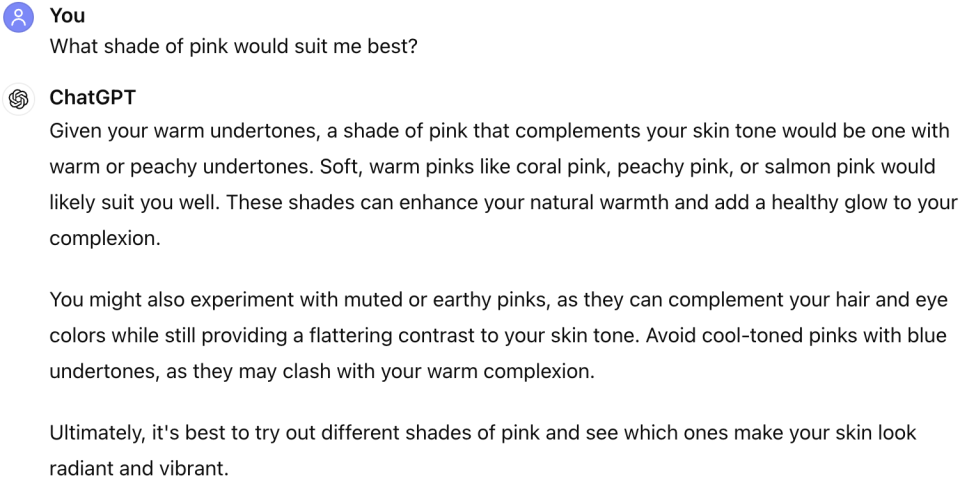
...which I found pretty accurate after doing my own color test, too! Solidifying that I have warm tones was actually one of the most beneficial aspects for me in this process. Until now, I genuinely wasn't sure if I was cooler or warm-toned. I always wondered why I felt like purples washed me out... I see now the warm pinks and coral bring out more of those peachy undertones in my skin!
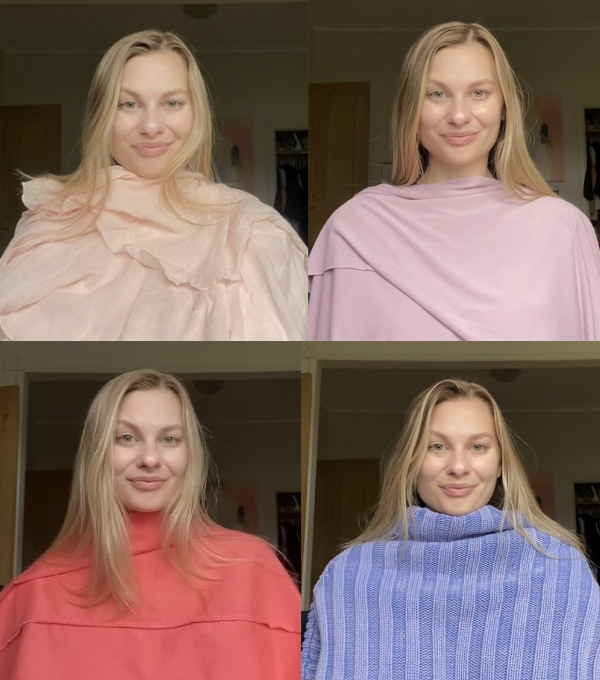
After Kali had her specific list of shades for every color, she wanted to know, overall, which colors she should reach for. So, she asked ChatGPT to order which colors would suit her, from the best to the least. Here are her results:
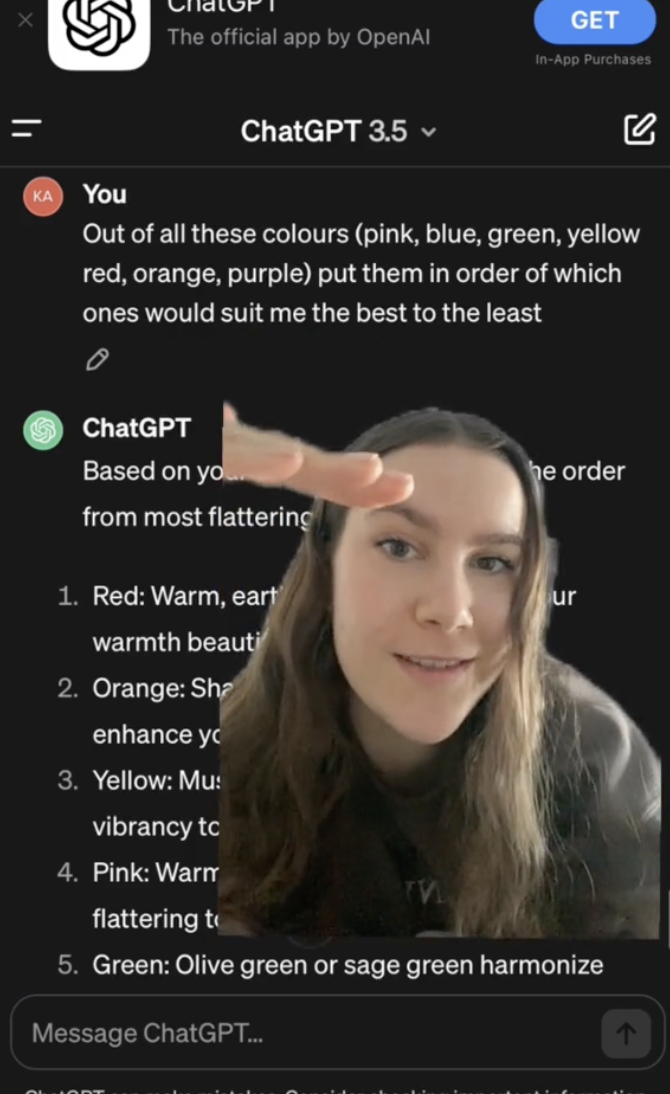
@kaligirly / Via tiktok.com
Here are my own, which aren't too dissimilar from Kali's, but peachy pinks are my #1 (I assume because of my peachy skin tone) instead of red, which is my #4 (and personally, not a color I gravitate toward). Basically, for me, warm tones = good.
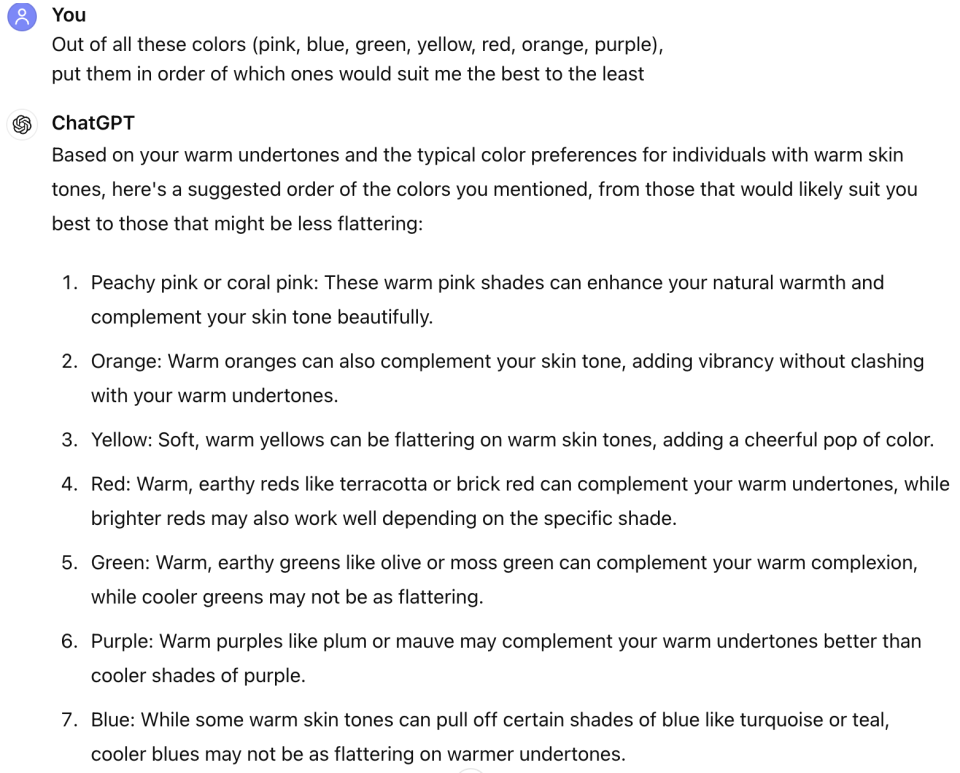
A few years later, I feel like I have some answers to why I loved how this peachy-pink dress looked on me!
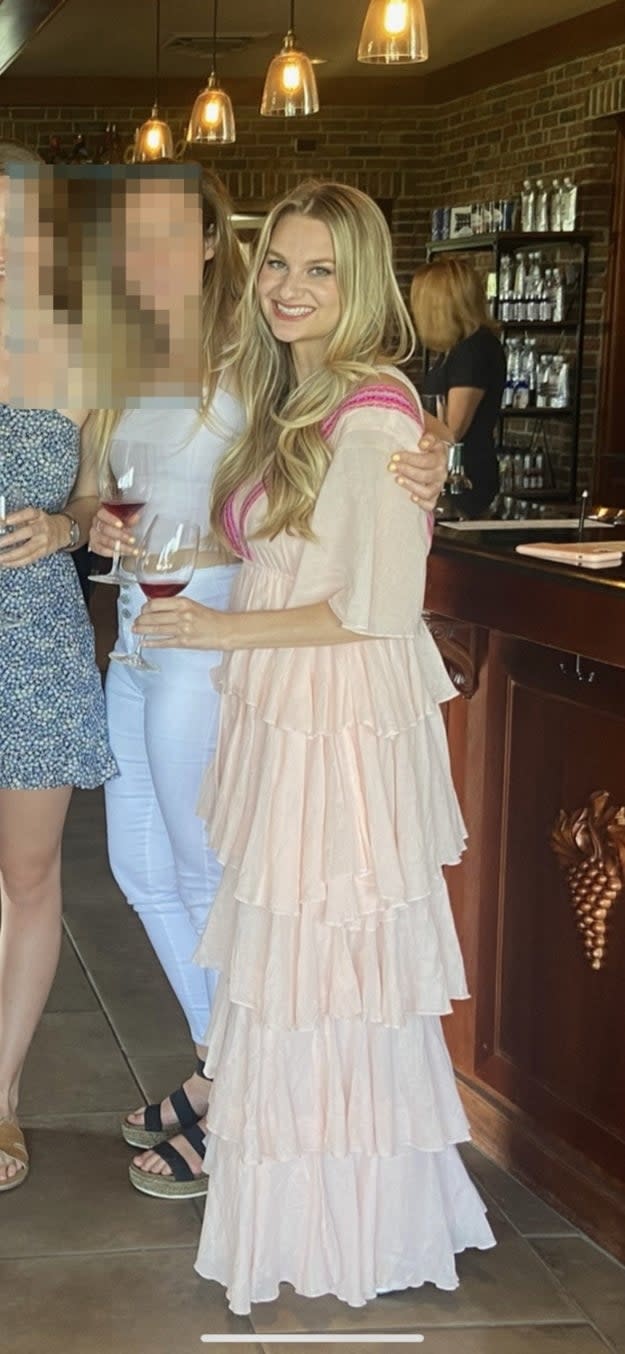
So, that's it from Kali's AI color palette test (and my attempt)! Overall, Kali said she doesn't think this replaces the "precise expertise" of a color analyst (which I'd have to agree with — see a professional analysis here), but it helped her to make better choices while shopping.
She told BuzzFeed, "Like most people, I had a very neutral white, black, grey, and brown closet, but I wanted to try to add more colors. However, I had a hard time because I would pick out trendy pastel colors, especially blue because it’s my favorite color, but they never looked quite right on me. So this hack was really helpful in guiding me toward more colors that would suit me better."
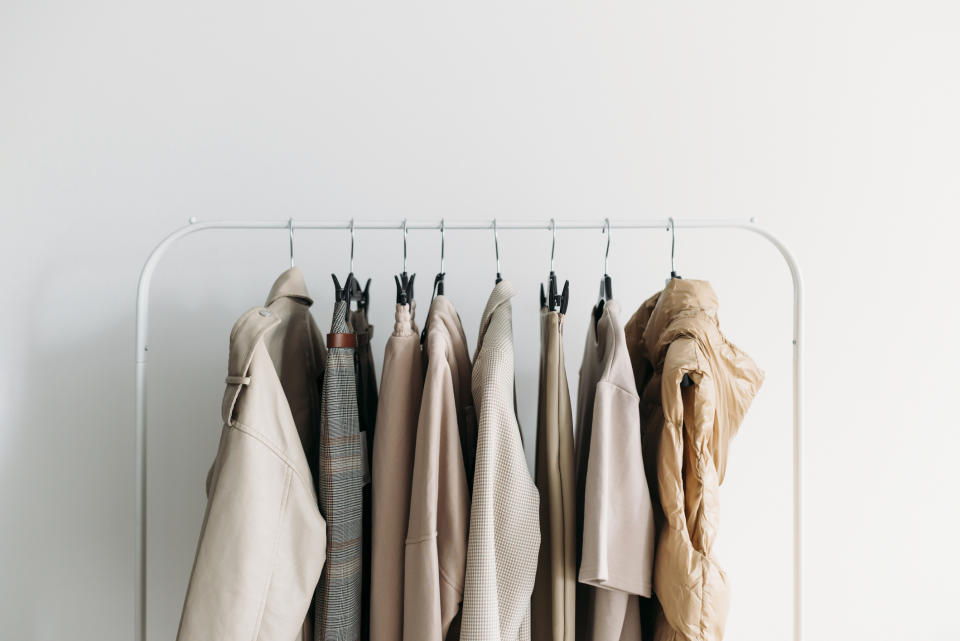
Kali said ChatGPT's list of her best to least-suited colors helped her especially. She said, "I tend to gravitate toward cool tones when shopping, but warm tones, like red, for example, were my #1 most flattering color. Ironically, red, orange, and yellow are not colors that I own, so it opened my mind to shades I would’ve never considered, like terracotta."
She added, "ChatGPT even explained how pastel blue is one of the worst colors for me, and that explains why I had such a hard time shopping for colors in the past."
I, too, had a vague knowledge that light blues and purples looked a little off on me, but this hack helped me identify why — cool tones and I don't entirely vibe! After trying this hack, I honestly do see myself reaching for and buying these colors less. And now I'm hunting for some peachy pinks and corals for summer.
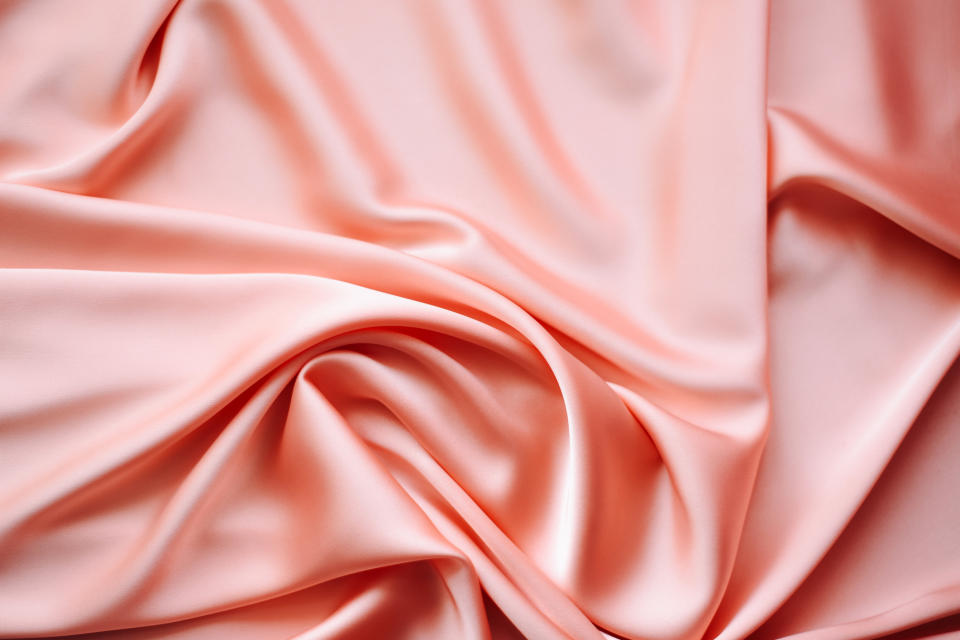
Still, I was skeptical of ChatGPT's accuracy and generalizations, but Kali told me that people who tried the hack and also had their color palettes professionally analyzed said ChatGPT gave them similar answers. She said, "My mom included! She was professionally analyzed as a cool summer, and ChatGPT gave the same answer."
And as I made this post, my partner (who's getting his PhD in artificial intelligence) lurked in the back to see what I was up to (BTW, I think he's a summer 🤪). When I asked him if this was BS or actually something that ChatGPT could have enough knowledge to advise on, he said that the most compelling point that it has some accuracy would be if people who've had professional analyses are getting similar answers.
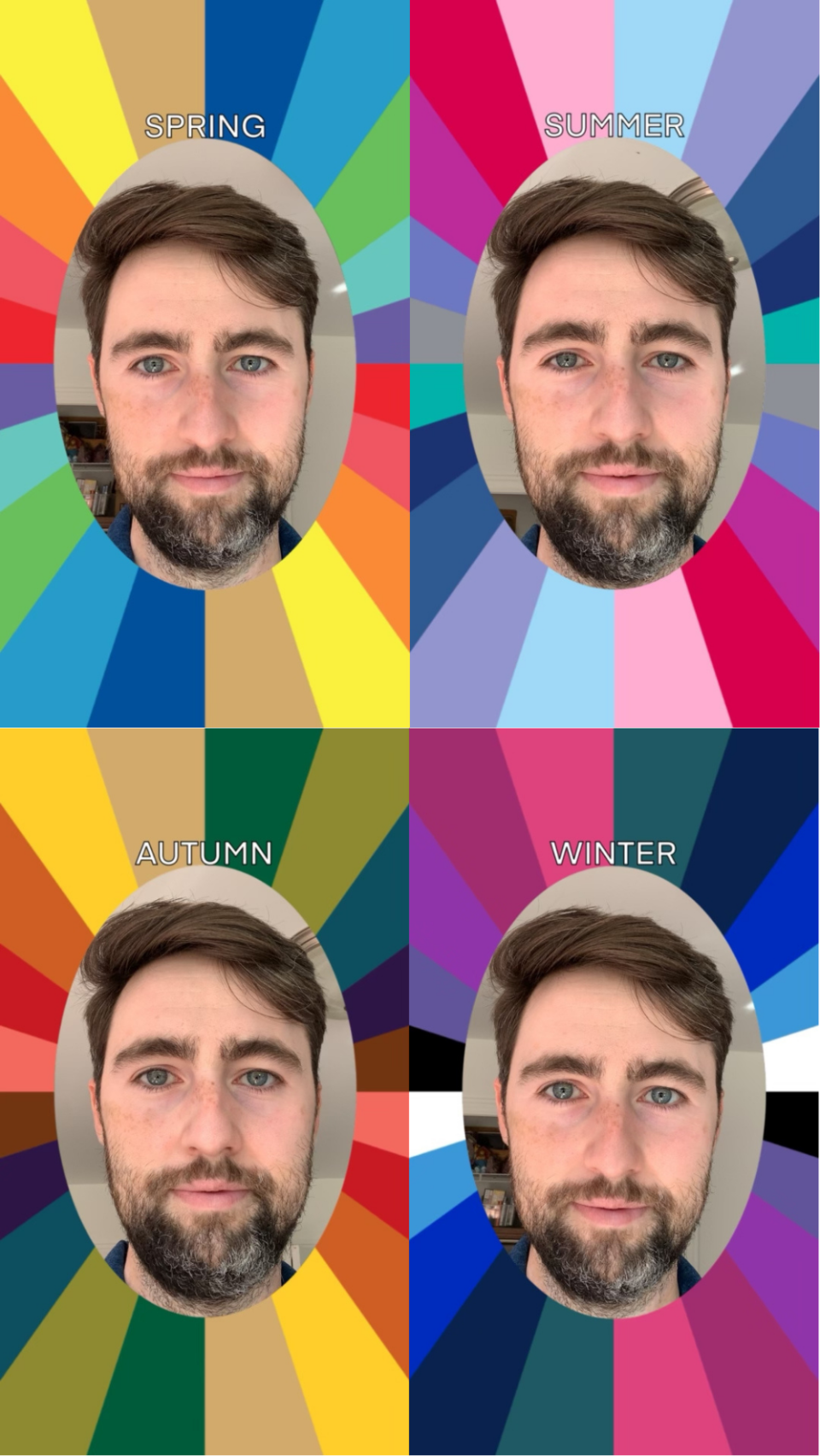
Thank you, Jarrid, for your participation. 🫡
He said, "These language models are trained to generate things that sound like humans, but that's not necessarily the same as generating something factual, true, or accurate."
He continued, "It was trained on the internet, so if there's content about color palettes on the Internet, it could be using that information." But he reminded me, "The models aren't trained to give you a good color palette recommendation; they're trained to give you an answer that sounds like a human gave you an answer. So sometimes they get it right, but sometimes it might be wrong, even though it sounds right. The clearest way to know is if a professional agrees."
Basically, as with anything AI language models spit out at us, take it with a grain of salt! While I probably won't shell out the money for it, I could still benefit from a proper color analysis from someone with more expertise (and there are likely some things ChatGPT got "wrong"). But I'm pretty happy with the knowledge I have. I think ChatGPT created a helpful framework, but it was my own experimentation that helped me decide what worked best. I also know color analysis is not a science; it's a subjective tool that can vary based on individual preferences, or even overhead lighting!
So, if color analysis tools help you, that's great (they help me, too)! But if they tell you that you look best in red and your favorite color is blue, that doesn't mean you can't wear blue. Ultimately, deciding the colors you want to wear is up to you!
If you try this hack yourself, let me know what you think —whether it helps you out or gets things completely wrong. Cheers and happy color-analyzing! 🎨
What did you think of this article? Create your own emoji and post it in the comments!


